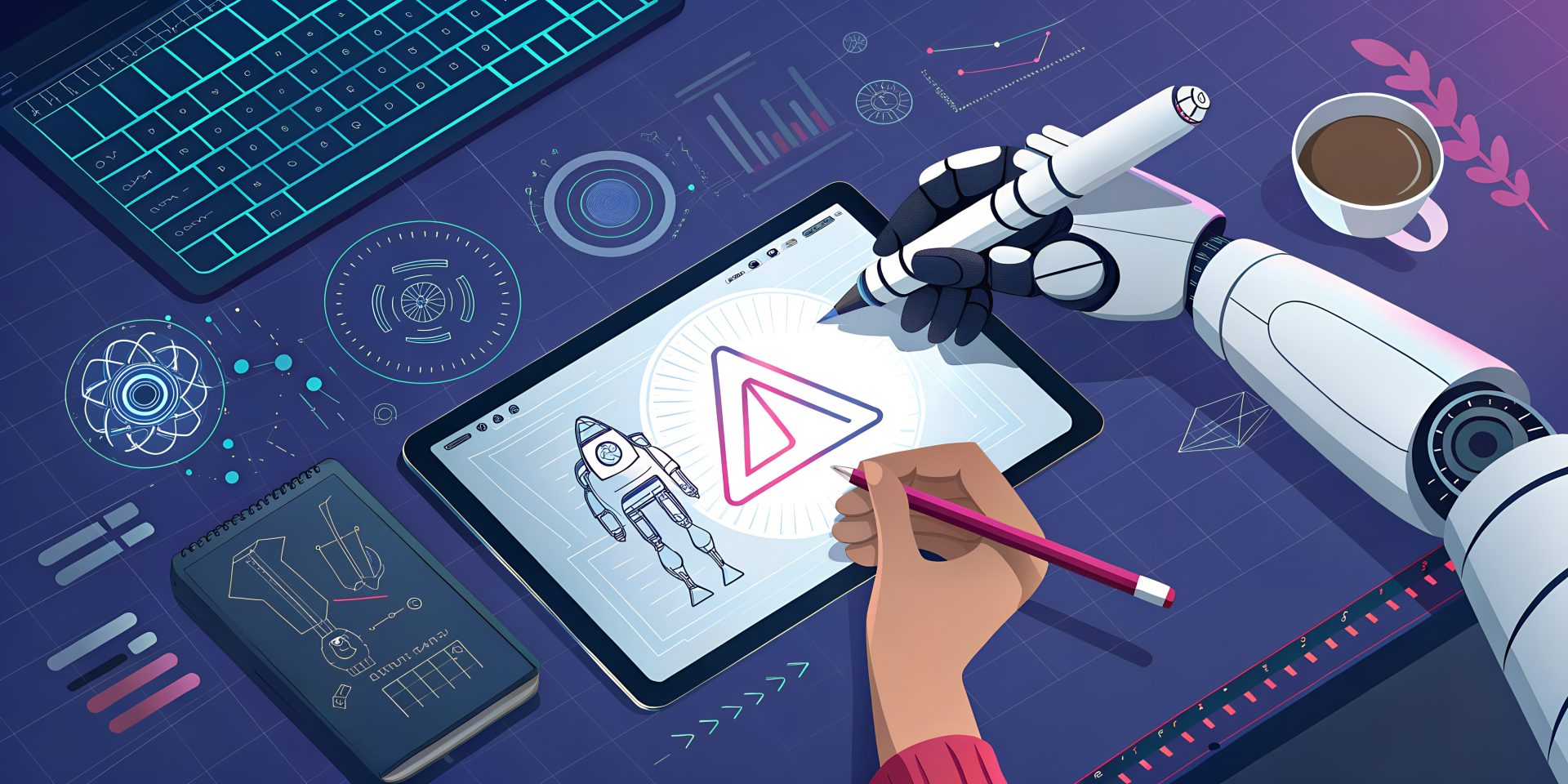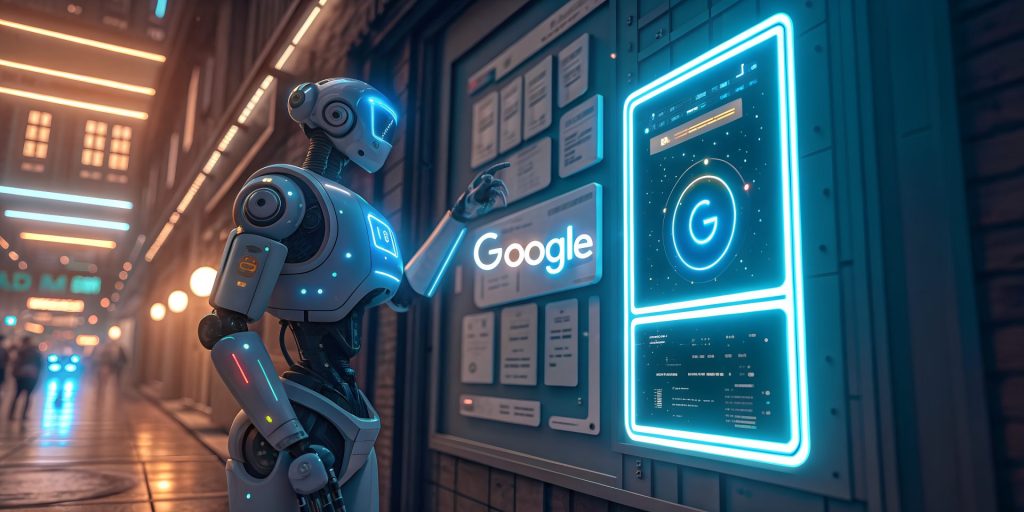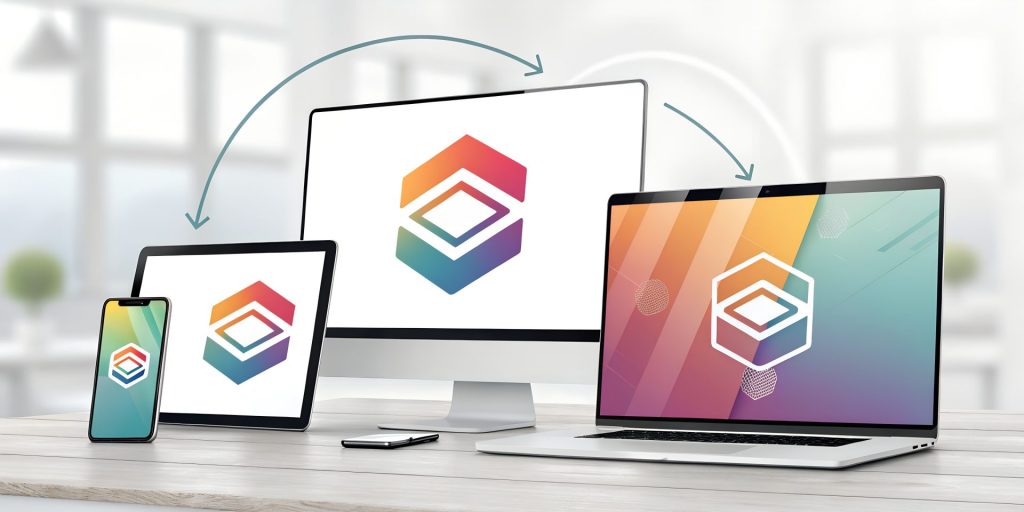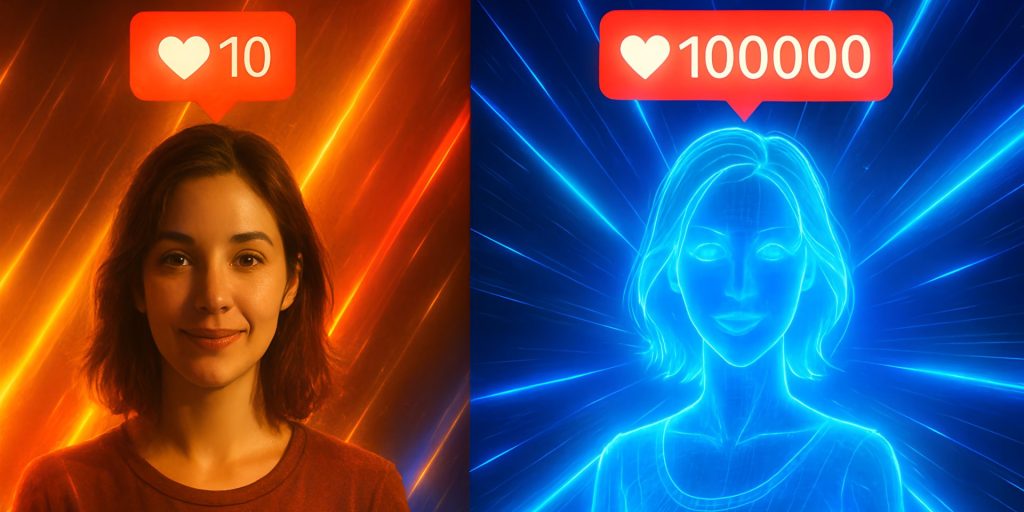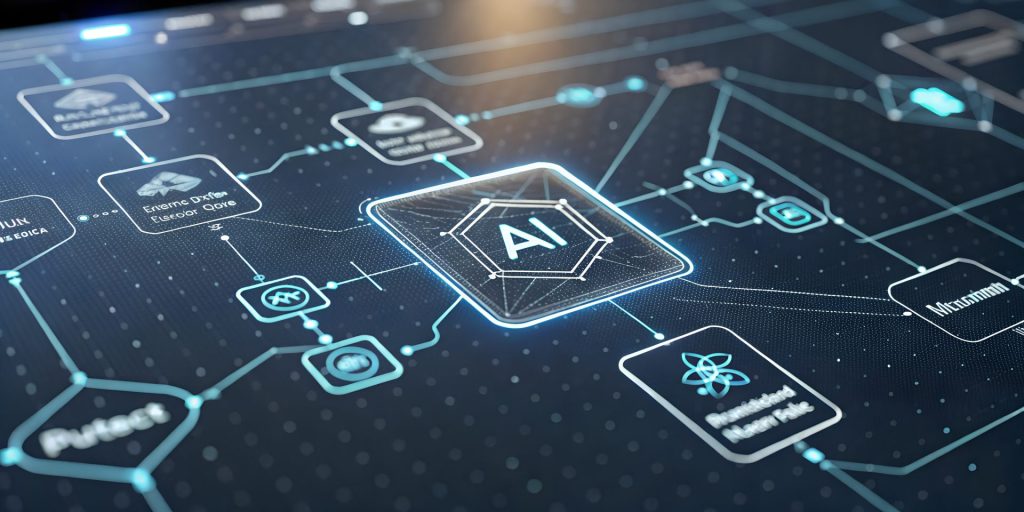In the fast-paced digital world, the introduction of technology known as artificial intelligence (AI) within graphic design is changing the ways designers think and invent. Not just a trend, AI is becoming an indispensable tool to empower designers to expand the limits of their creative abilities. From automated design generation to intelligent layout suggestions, AI tools are redefining the creative workflow Adobe, 2024 Forbes, 2023. This article explains the way AI can transform design by increasing creativity and generating innovation within the field of graphic design.
The Rise of AI in the Creative Industry
AI has advanced a lot in its evolution, from simple automated tools to advanced technology that creates distinctive concepts. The industry of graphic design is increasingly embracing AI techniques to improve processes and increase creative thinking. Designers are looking for new methods to remain competitive and adapt to the needs of a constantly changing marketplace; AI offers innovative solutions to traditional problems.
What is AI in Graphic Design?
In essence, AI is used in the field of graphic design. It is the application of machine-learning algorithms as well as tools for analysis that are able to examine data, identify patterns and create designs or ideas. The most popular AI-powered software tools, such as Adobe Sensei, Canva’s Magic Design and DALL-E, are only the most prominent examples of the ways AI is harnessed to produce visually appealing media.
Why Creativity Matters in Graphic Design
The power of creativity is at the heart of graphic design. It lets designers create images that convey thoughts, trigger emotions and motivate them to take action. AI helps to boost creativity by taking on the mundane, allowing designers to concentrate only on what they excel at making stunning designs. With AI taking care of everyday design, artists can let their imaginations run wild in innovative and thrilling ways.
AI as a Creative Assistant, Not a Replacement
The most common belief is the idea that AI may replace human creativity. Yet, AI should be viewed as a facilitator instead of a rival. Through automation of repetitive tasks, AI lets designers explore their imaginations more openly. Human intuition and AI’s capabilities to analyze result in innovative design solutions.
Key Benefits of AI for Graphic Designers
Efficiency: Streamlining Repetitive Tasks
One of the biggest benefits of AI is the ability to perform routine work. From changing the size of images to creating different layouts, AI tools could help designers save hours and allow them to concentrate on the artistic aspects of their jobs.
Inspiration: Providing New Ideas and Design Concepts
AI is able to analyze huge amounts of data and then generate ideas for design based on popular trends as well as user preferences. This is a great feature for designers who are looking for new concepts or want to break out of their comfort zone for creativity.
Personalization: Making Custom designs with ease
Thanks to AI designers, they can make content with a personal touch that appeals to specific groups. Through the analysis of user data, AI can suggest design elements that align with the targeted populations, thus increasing their efficiency and engagement.
Speed: Fast Prototyping and Ideation
AI speeds up design processes through rapid prototyping. Designers can create quick models and prototypes to test different ideas to ensure a flexible approach to designing.
AI Tools Transforming Graphic Design
The use of several AI-powered tools is changing the landscape of graphic design:
- Adobe Sensei The clever tool can enhance Adobe’s Creative Cloud applications by performing tasks automatically, enhancing the editing process of images and providing innovative design tips.
- Its AI features: Canva integrates AI in order to assist users in quickly creating designs using options such as Magic Design, which generates design layouts that are based on input.
- Midjourney, as well as DALL-E The DALL-E and AI models are able to create unique, visually appealing commands, providing designers with an opportunity to draw inspiration from a fresh source.
Improved Design Processes Using AI
AI can significantly improve the process of designing by making it easier to develop ideas and concepts. Designers can utilize AI to quickly generate multiple designs, experiment with different colour palettes and be provided with layout suggestions that allow to have a more fluid and open-ended creativity.
Explores New Styles of Design and Concepts using AI
AI instruments are not only for efficiency. They also enable exploration. Through exposing designers to innovative methods and styles, AI enables them to expand their creativity. A designer, for instance, is able to input text and get a variety of interpretations in visual form, generating fresh ideas and concepts.
How AI Fuels Personalized Designs
Personalization is an important trend in the current design world. AI assists designers in creating tailored content by studying user behavior and their preferences. This facilitates the creation of content that speaks directly to specific audiences, which makes campaigns more efficient and enjoyable.
Collaboration with AI to give real-time feedback
AI gives rapid feedback on design components like reading ability, contrast in color, and layout structure. Instant feedback assists designers in making informed choices swiftly, which improves the overall quality of their design. For instance, AI can suggest alternative styles that are more legible or identify areas that require balance in visuals.
Breaking through the Creative Blocks by using AI
Creative blocks are an everyday problem for designers. AI is able to help by providing the inspiration needed and also generating new ideas from existing work or current trends. If it’s discussions using AI tools, or just making use of AI-generated designs to get started to break out of the creative block more quickly.
Challenges and Limitations of AI in Graphic Design
Although the advantages of AI are immense, it’s important to recognize the limitations and challenges:
Creative Limitations
AI isn’t human-like. Although it’s able to create stunning images. However, it isn’t equipped with the emotional depth or contextual comprehension that a human designer can bring onto the scene. This can impact the credibility and authenticity of the designs.
Over-Reliance
The danger is that designers could become excessively dependent on AI instruments, thereby limiting their creative thinking and intuitiveness. Designers must keep a healthy balance between using AI.Maintaining a healthy balance in the use of AI is crucial for designers.
Ethics
With AI-generated design becoming increasingly commonplace, ethical questions are raised regarding copyright and originality. Designers have to deal with these concerns with care to ensure their designs are unique and protect intellectual property rights.
Challenges of Integrating AI in the Creative Process
Despite the many advantages that it offers, the process of incorporating AI in the creative process has its own set of difficulties.
1. Technological Limitations
- Accuracy and Quality: AI-generated content may not have the nuance and emotional depth that human-made artwork.
- Complexity The most advanced AI tools may be complicated and require a lot of expertise in order to utilize them effectively.
2. Ethical Considerations
- Originality, Ownership and The issue of the quality of AI-generated content and the rights to ownership will require specific standards.
- The effects of bias and representation: AI algorithms could perpetuate biases in the training data which can lead to problems of accuracy and truthfulness.
3. Economic Impact
- Employment Displacement The possibility of AI to substitute human creators creates fears about job displacement and the need for strategies to support workers’ adaptation.
- Price of Implementation The high cost of implementing AI tools may make it difficult for small businesses that have a creative flair.
The Future of AI and Creativity in Graphic Design
The future of AI in the field of graphic design appears exciting. As AI technology advances and improves, it is likely to become increasingly integrated into the design process. Designers will be required to learn new abilities, like the analysis of data and AI software proficiency, in order to maximize the benefits of AI to their work.
Conclusion
AI has revolutionized the creative process in a range of disciplines that span from visual arts to writing and music. In addition to increasing efficiency, it is generating concepts and providing new ways to express creativity; AI allows artists to expand the limits of their art. With technology continuing to advance and evolve, collaboration among AI as well as Trib Dot promises to usher into a new period of creativity and innovation.
